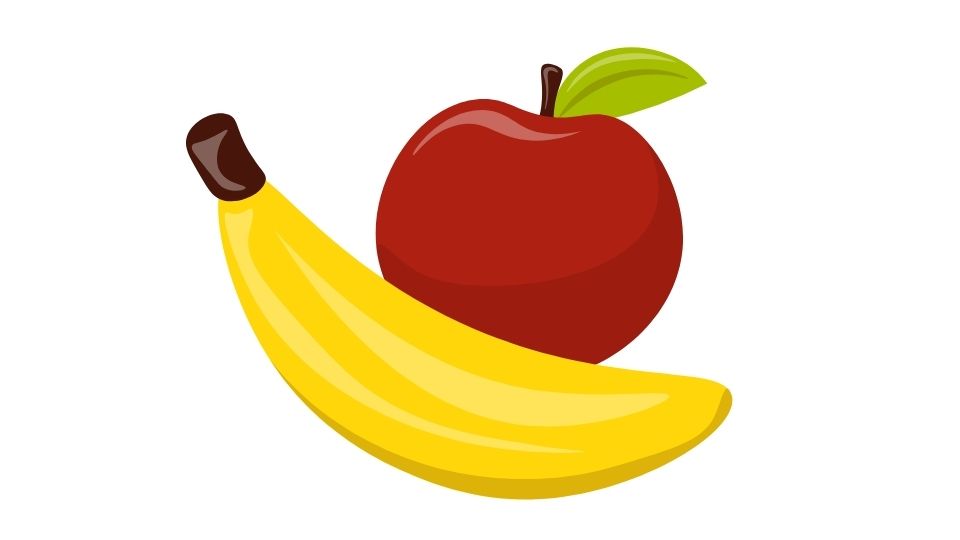Picky eaters are the ultimate food detectives – they can spot a hidden vegetable from a mile away and will interrogate every ingredient on their plate like it’s a criminal lineup.
But if you’re dealing with a picky eater (maybe it’s your child, maybe it’s yourself), meal tracking could be your secret weapon for healthier eating habits without the mealtime meltdowns.
I discovered this when trying to help my nephew expand his diet beyond chicken nuggets and apple slices.
The light bulb moment? When we started actually recording what he ate, we could see patterns and nutritional gaps that weren’t obvious before.
Let’s dive into how meal tracking can transform eating habits for even the pickiest eaters, and the strategies that actually work (because I’ve tried the ones that don’t).

Why Meal Tracking Works for Picky Eaters
Think of meal tracking as detective work – you’re gathering clues about eating patterns and nutritional needs. For picky eaters who might be missing key nutrients or stuck in food ruts, this information is pure gold.
With consistent tracking, you can:
- Identify nutritional gaps that might be hiding in plain sight
- Set realistic goals for introducing new foods
- Notice patterns in what foods are accepted or rejected
- Track progress over time (even tiny wins!)
Research shows that people who track their food intake are more successful at making lasting dietary changes compared to those who don’t. The key is making tracking simple enough that it doesn’t become another chore.
Getting Started: Meal Tracking Without the Hassle

First things first – ditch the idea of perfect tracking. If you’re dealing with a picky eater, the last thing you need is another food battle! 🏳️
Instead, aim for “good enough” tracking:
- Start with just dinner if tracking every meal feels overwhelming
- Take quick photos of meals rather than writing everything down
- Use a simple note in your phone for basic food logging
- Try a user-friendly app that makes tracking quick
For tech-savvy folks, apps like Cronometer or MyNetDiary make tracking almost effortless with barcode scanning and quick-add features. For the tech-averse, even a simple notebook works great.
The point isn’t to create a perfect food diary – it’s to gather enough information to spot patterns and make informed choices.
Beyond Tracking: Strategies That Actually Work

Meal tracking is powerful, but it’s just one piece of the puzzle. Here are some companion strategies that have worked wonders in my experience:
1. The One-Bite Rule (Without the Drama)
The “one bite” approach is classic for a reason – it works when done right. The key? Keep it casual and pressure-free.
Instead of “You must try one bite!” try “Would you like to be our food critic tonight? Just one taste and give it a thumbs up or down.”
This small shift in framing makes a huge difference in how picky eaters respond. When my nephew became our “official food critic,” suddenly trying new foods became his important job rather than something we were forcing on him.
2. Food Chaining (The Stealth Approach)
Food chaining is like building a bridge from familiar foods to new ones. Start with something they already like, then introduce foods with similar flavors, textures, or appearances.
For example:
- Likes apple slices → Try pear slices
- Enjoys chicken nuggets → Try homemade chicken strips with a similar coating
- Only eats white pasta → Try pasta with a tiny bit of sauce mixed in
Research from the Journal of Nutrition Education and Behavior shows this gradual approach significantly increases food acceptance in picky eaters.
3. Kitchen Involvement (The Ownership Strategy)
When picky eaters help prepare food, magical things happen. They develop curiosity about ingredients and feel ownership over the meal.
Start small:
- Let them wash vegetables
- Have them tear lettuce leaves
- Allow them to sprinkle cheese or herbs
- Give them a safe knife to cut soft foods
My nephew would refuse carrots on his plate, but after helping prepare “airplane carrots” (just carrot sticks he cut himself), suddenly they were acceptable. The power of ownership is real!
4. Make It Visual (The Data Display)
This is where meal tracking really shines – turn your tracking into visual progress that picky eaters can see.
Try:
- A colorful chart showing food groups tried each week
- Stickers for trying new foods
- A “food explorer” map where new foods unlock new territories
- A photo journal of “food victories”
Seeing progress is incredibly motivating, especially for kids who might not understand nutrition but definitely understand collecting stickers or conquering a map.
The Tech That Makes Tracking Easier
Let’s be honest – nobody wants to spend hours logging meals, especially when you’re already dealing with picky eating challenges.
Modern tracking tools can make this process almost painless:
- Photo-based apps – Simply snap a picture and the app identifies the food
- Voice-entry options – Just say what you ate
- Text-based tracking – Send a quick text message with your meal details
- Barcode scanning – Instant logging for packaged foods
Research published in the Journal of Medical Internet Research found that the easier the tracking method, the more likely people are to stick with it long-term.
Potential Pitfalls (And How to Avoid Them)
Meal tracking comes with some potential downsides if not approached carefully:
1. Tracking Fatigue
The Problem: Getting burned out from logging every bite.
The Solution: Schedule tracking breaks or only track specific meals/days.
2. Unhealthy Fixation
The Problem: Becoming overly focused on numbers or “perfect” eating.
The Solution: Focus on variety and nutrition rather than calories or “good/bad” foods.
3. Reinforcing Pickiness
The Problem: Tracking highlights limited food choices and makes them seem normal.
The Solution: Use tracking to set specific goals for expanding food variety.
The key is using tracking as a tool for improvement, not a judge or scorecard.
Real Success Stories

Let me share a quick success story:
My friend Sarah’s 6-year-old son would only eat five foods – chicken nuggets, plain pasta, apples, cheese sticks, and yogurt.
After three months of gentle meal tracking combined with food chaining and kitchen involvement, his regular rotation expanded to 15 foods, including several vegetables and new protein sources.
The turning point? When Sarah showed him the colorful chart of his “food adventures” and he could visually see his progress. He became proud of his willingness to try new things, and the positive reinforcement created a virtuous cycle.
Studies from the American Academy of Pediatrics confirm that this type of positive reinforcement with visual tracking works far better than pressure tactics or food battles.
Taking the First Step
Ready to try meal tracking with your picky eater? Here’s how to start small:
- Pick just one meal to track each day
- Focus on what was eaten, not what wasn’t
- Look for patterns after a week
- Set one small goal based on what you observe
- Celebrate any progress, no matter how tiny
Remember, the goal isn’t dietary perfection – it’s progress. Even getting a picky eater to try one new food a week is a massive win worth celebrating.
Meal tracking might seem like a small intervention, but it creates awareness, highlights patterns, and provides the data you need to make targeted improvements.
Combined with patience and positive reinforcement, it’s one of the most powerful tools in your picky eating toolkit.




Leave a Reply